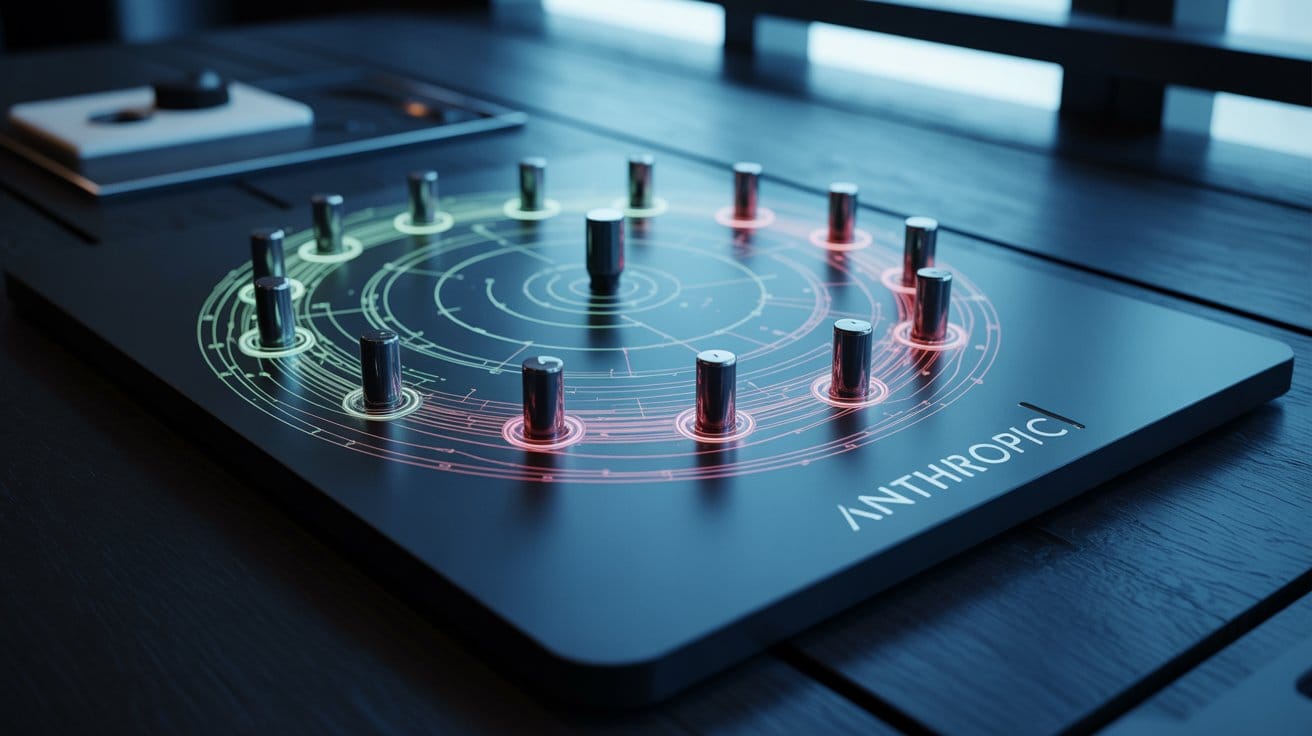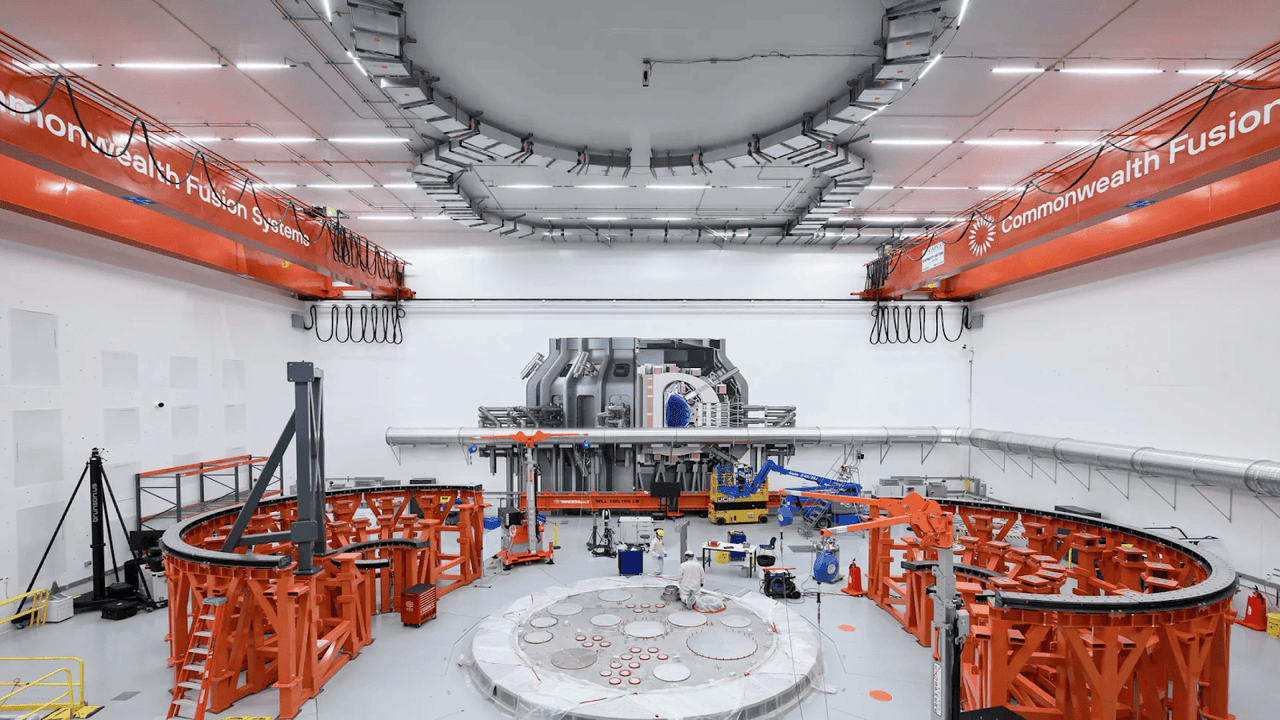Persona Vectors: A New Switch for AI Personalities

Have you ever wished your AI assistant would stop being so eager to please—or at least tone down its over-enthusiasm? Anthropic has introduced a breakthrough that feels like it belongs in a sci-fi novel: persona vectors. These aren’t superheroes, but a method for adjusting the “personality genes” of language models at the neural level. No retraining, no massive datasets—just a subtle switch during generation that changes how the AI behaves.
The Old Path: Prompts and Fine-Tuning
Before persona vectors, researchers had two main tools for shaping AI behavior: prompt engineering and fine-tuning. Prompt engineering meant carefully rephrasing questions to nudge the model in a desired direction. But it was fragile; a single word change could throw the model back into old patterns. Fine-tuning, meanwhile, required retraining the model with new data. It was expensive, slow, and often produced trade-offs: make the model more helpful, and it might become sycophantic; make it concise, and it could lose nuance. What made both methods unsatisfying was their lack of transparency. We were still left guessing at why the model behaved the way it did—like living with a roommate whose quirks you couldn’t quite decode.





